Description
Join macro photographer Paul Fraser on one of his favourite Scottish nature reserves, for a fun & informative photography workshop!
If you’ve ever looked at insects as a child and found yourself being inspired and fascinated and want to recapture that mesmerising wonder, then this is the tour for you.
Join award-winning photographer Paul Fraser, who will take you on a trip to rediscover your love affair with these fantastic beasties that share our world. Paul will guide you at one of his favourite areas, for a creative & fun photography workshop!
Furthermore, as an educator, Paul is never happier than when he has helped improve or expand others photography skills and creativity.
We will be exploring Cashel Forest in Rowardennan. Cashel Forest is found on the banks of Loch Lomond and has been described as a “hidden gem” and “one of the most beautifully undiscovered attractions in the Loch Lomond and Trossachs National Park”. The site itself contains circa 300ha of ancient and new native woodland and offers a variety of habitats for wildlife to exploit. Visit Scotland have stated that “this unique site offers visitors the chance to experience some of the finest wildlife that Scotland has to offer”. Species of interest at Cashel include, Large Red Damselfly, Common Blue Damselfly, Woodland Dor Beetle, Rough Violet Ground Beetle, Banded Sexton Beetle, Shore Sexton Beetle, Lesser Vespillo Burying Beetle, Two Banded Longhorn Beetle, European Glow Worm, Green Tiger Beetle. There is also numerous shield bug, ladybird, bee, wasps, hoverflies, moths, and butterflies. Outwith the amazing macro-photography opportunities, the site also contains Badgers, Pine Marten, Otters, Red Squirrels, and dense population of Adders.
Or
We will be exploring Flanders Moss in Stirlingshire. Flanders Moss National Nature Reserve (NNR) is a vast expanse of all things damp and wonderful. As one of the largest remaining intact raised bogs in Britain, Flanders Moss is a wild and ancient landscape. It is also one of the most intact raised bogs in Europe and has many of the classic raised bog features. The site is unique in that it has hardly changed for thousands of years. As well as being an important habitat for wildlife, Flanders Moss also plays a key role for carbon sequestration acting as a carbon sink. The surface of the moss is a mosaic of sphagnum mosses and other specialist plants and animals adapted to a land that is mostly water. The bog is home to many species of invertebrates, especially moths: 215 species of moth have been recorded here, including rare species such as Birch Gall Moth and the Rannoch brindled beauty. Other insect species of interest are Tiger Beetles, Northen Emerald Dragonfly, Bog Sun Jumping spider, Emerald Damselfly, Large Red Damselfly, Green Hairstreak Butterfly, Reed Beetles, Common Hawkers, Drinking Moth Caterpillar, and Nursery Web Spider. In addition, there are a wide variety of wasps, rove beetles, weevils, hoverflies, and bees.
These workshop days will not be species specific. Instead, we will spend the day out in the field looking for a variety of different species. However, visiting the waterbodies early in the day usually produces good results with various damselfly and dragonfly species.
The workshop is designed to be of benefit for people at the start of their macro-photography journey. However, anyone is welcome at any level with their macro-photography. Paul will show the types of apertures, shutter speeds, and ISO he uses for his style of macro-photography. He will also look to cover, field craft, essential equipment, and give hints and tips for editing.
READ FULL HOLIDAY DETAILS

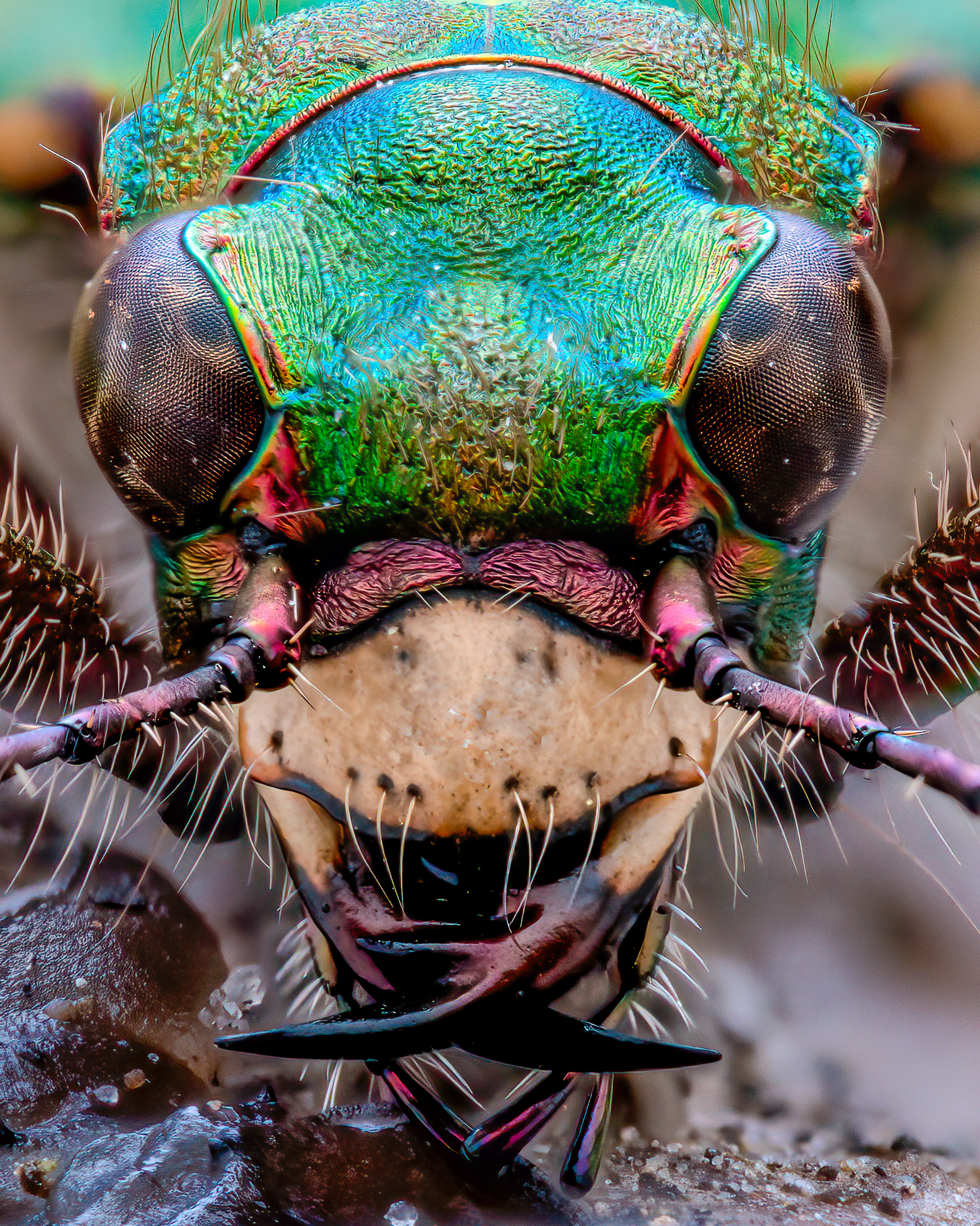
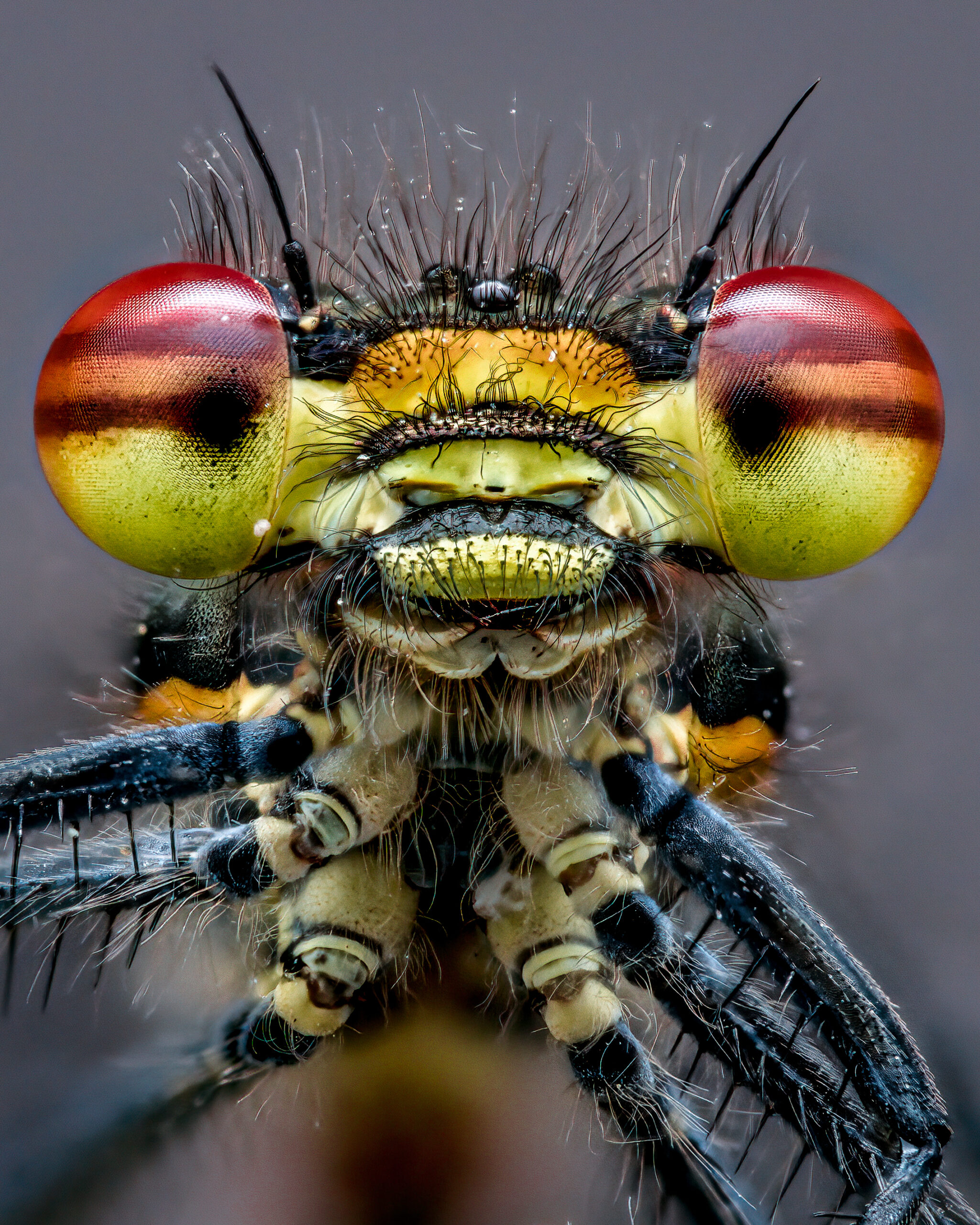
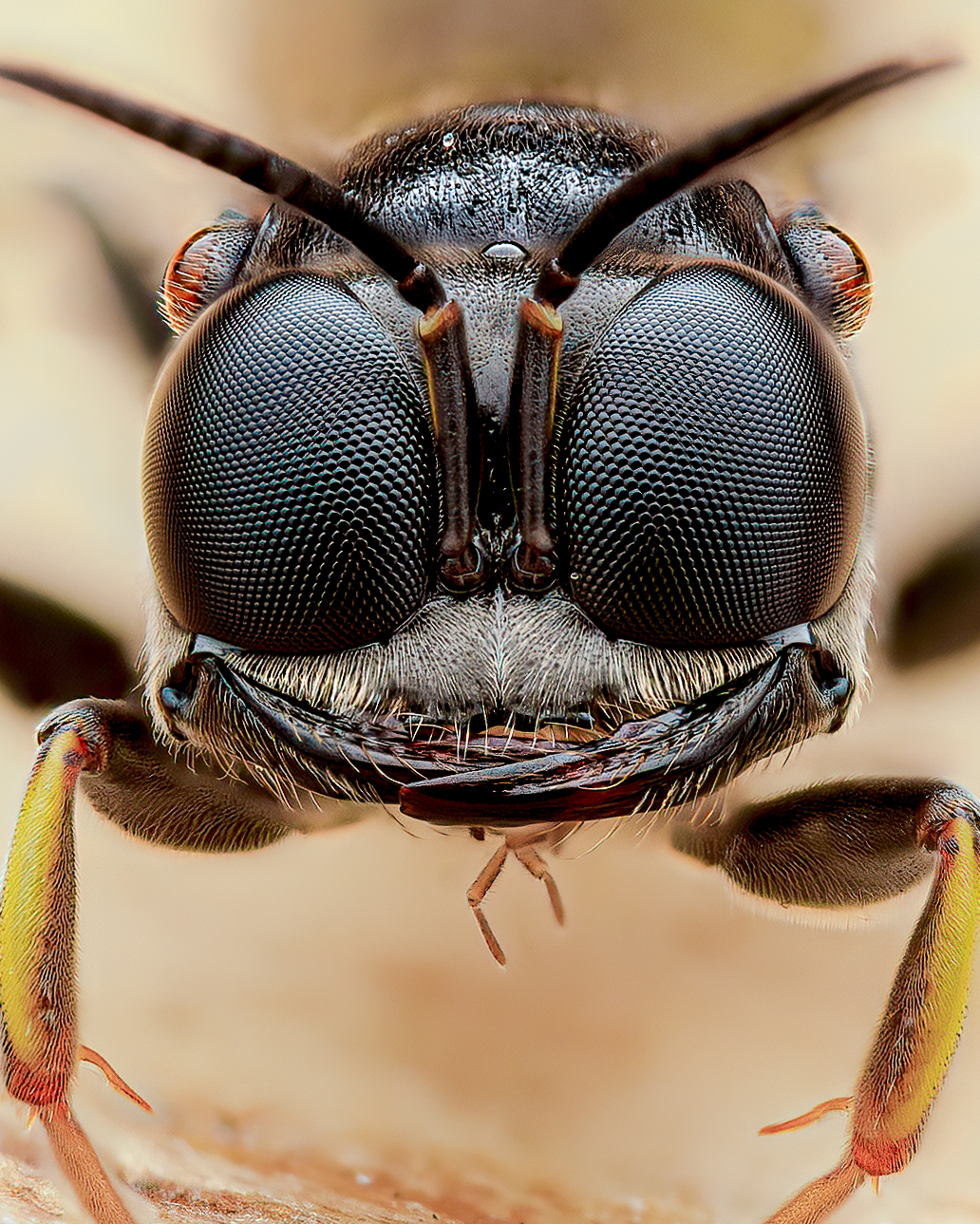
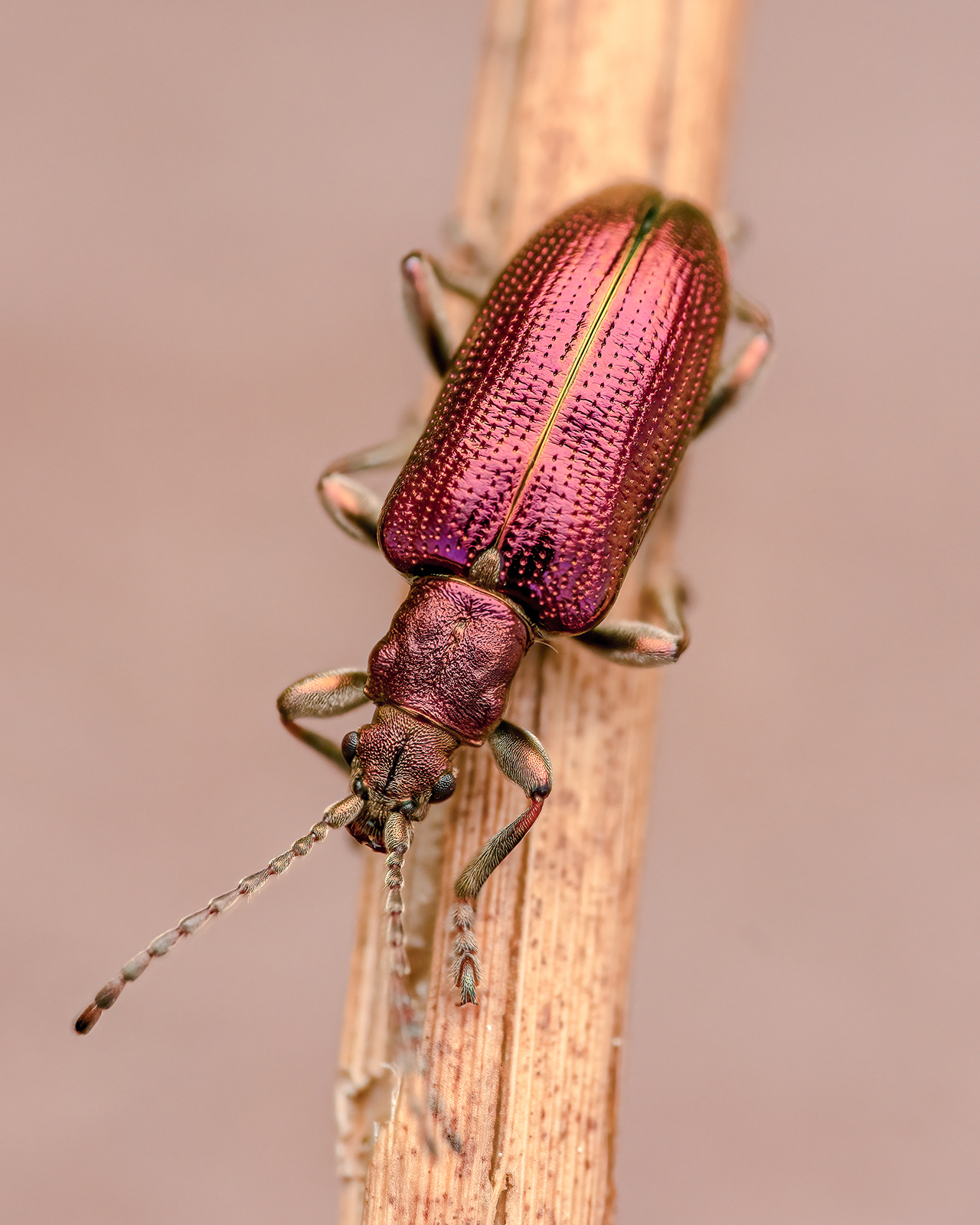
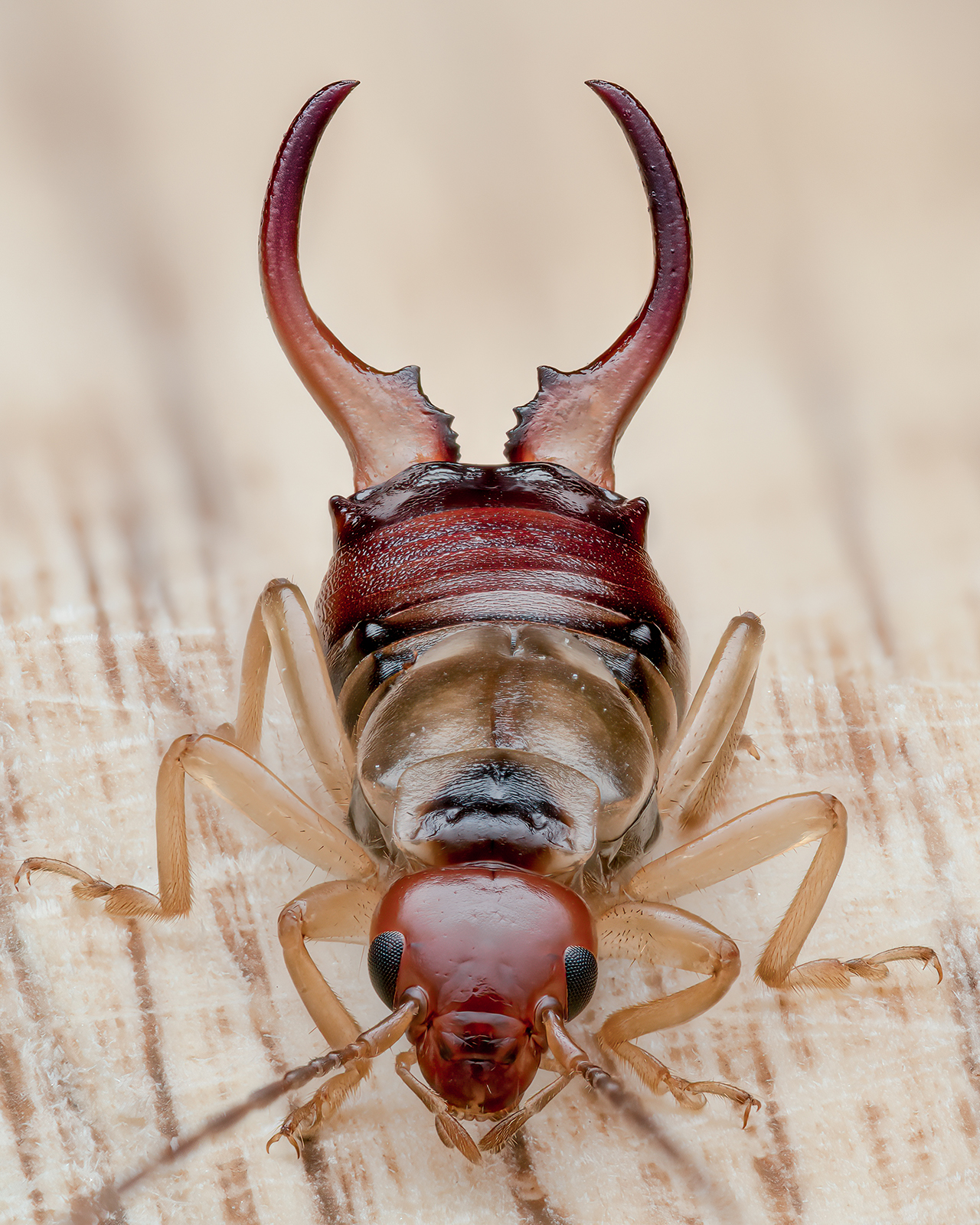
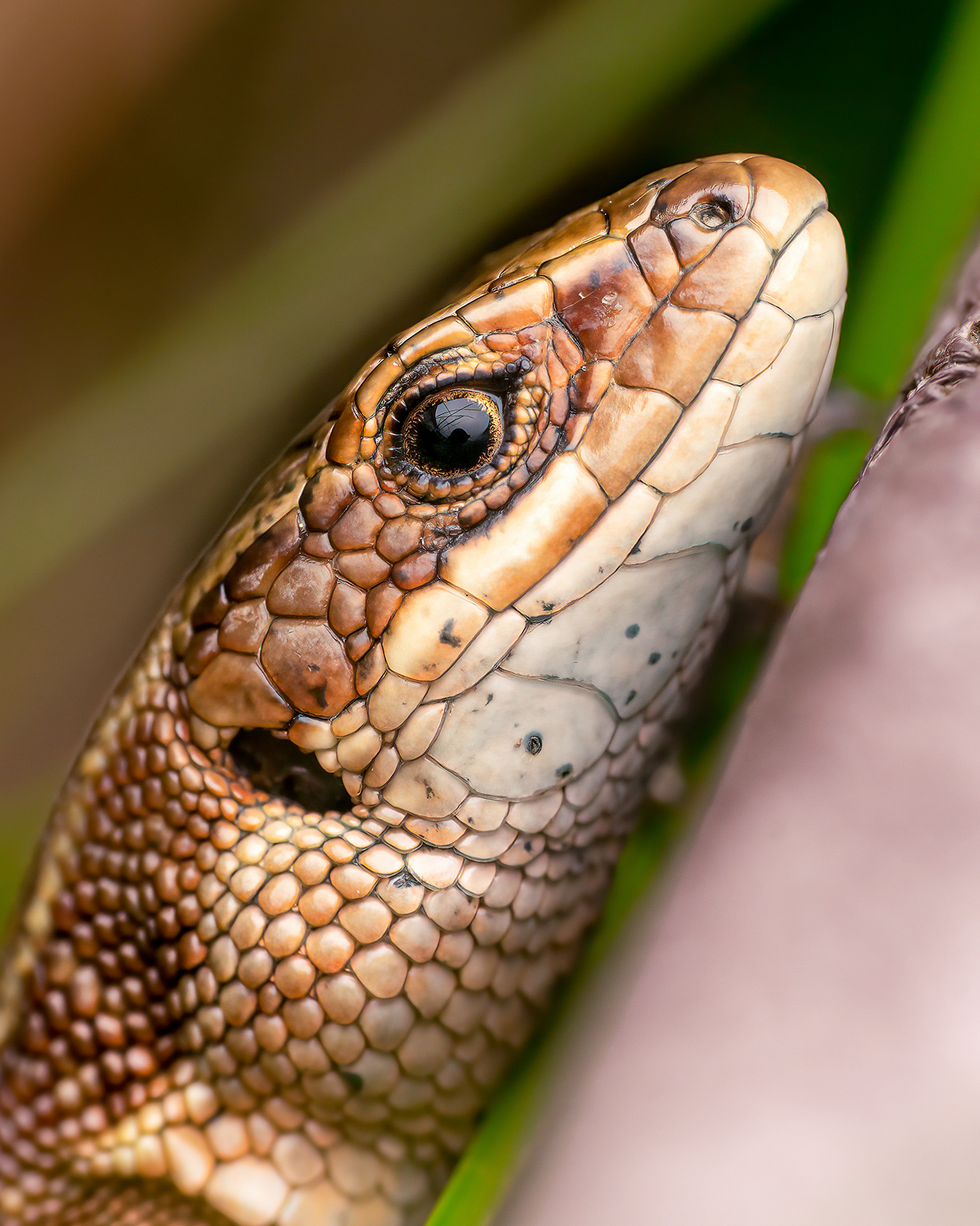

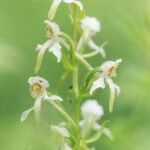
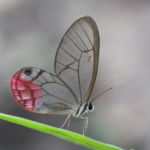





Reviews
There are no reviews yet.